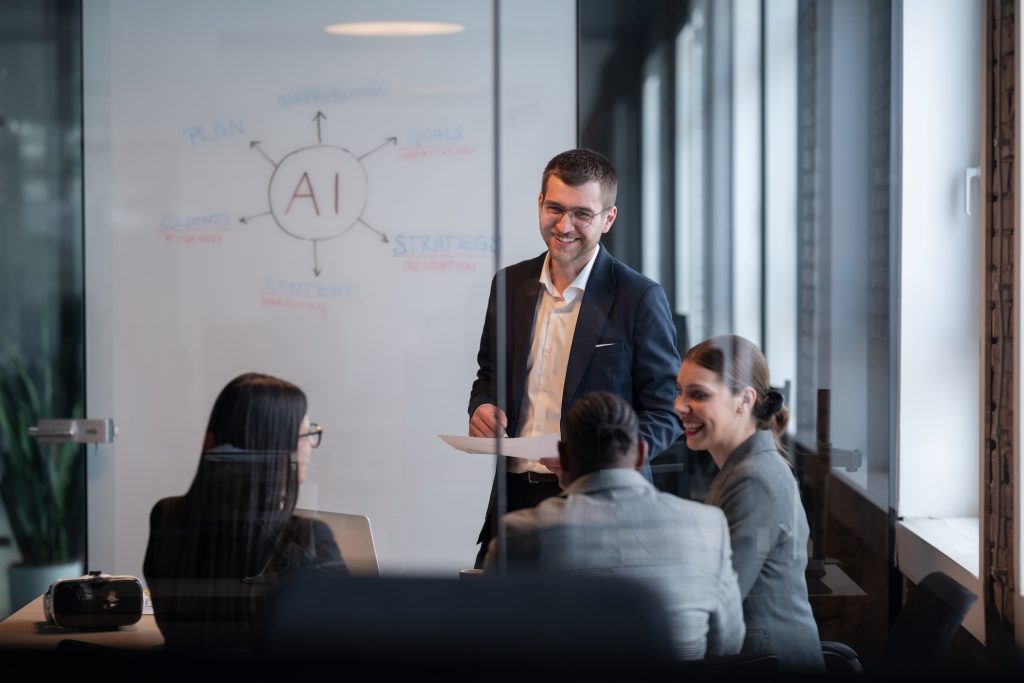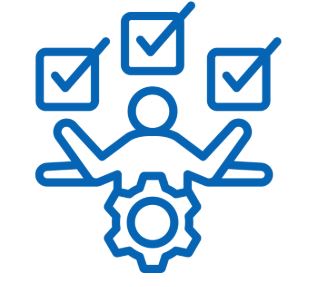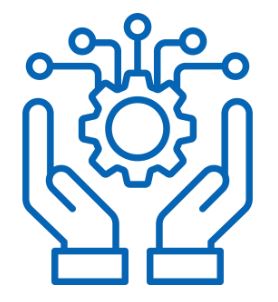
In today’s global economy, complexity and unpredictability are the rule, not the exception. Business leaders face “wicked problems” that resist simple solutions, making effective organisational strategy dependent on strategic foresight – the ability to envision multiple plausible futures, anticipate policy challenges, and identify emerging market opportunities.
Yet traditional foresight methods are notoriously resource‑intensive, slow, and constrained:
- Internal bias: Reliance on in‑house expertise narrows perspectives, limiting the usefulness of scenarios.
- Data overload: The sheer scale of available information overwhelms traditional analysis.
- Cost and time: Scenario planning often takes 12–18 months or requires costly external consultants.
But what if foresight could be faster, broader, and more affordable? Recent research, including a government pilot project using Large Language Models (LLMs), demonstrates that Generative AI (GenAI) is the disruptive force making this possible.
The AI advantage: Scale, speed, and savings
GenAI tools such as ChatGPT, Claude, and Gemini can process and synthesise data at a scale far beyond human capability, enabling richer, more diverse scenarios. The pilot project revealed striking results:
Dimension
|
Outcome and Implications
|
| Efficiency | 60–70% reduction in staff hours across preparation, data collection, analysis, and synthesis.
|
| Cost | Scenario delivery costs reduced by ~60%, with less reliance on external consultants.
|
| Data processing | 95.2% reduction in manual extraction effort via AI‑driven semantic deduplication.
|
| Timeframe | Thousands of pages of policy documents analyzed in weeks instead of months.
|
| Scenario capacity | Scenario production doubled – eight scenarios vs. the traditional four -providing greater diversity and depth.
|
GenAI democratises access to high‑quality foresight, empowering even smaller organisations to engage in sophisticated strategic planning.
The crucial balance: Human–Machine collaboration
AI can automate data processing, clustering, and draft scenario generation, but foresight cannot be delegated entirely to machines. Success depends on disciplined collaboration:
- Human‑in‑the‑Loop (Active Intervention): Subject matter experts validate and contextualise AI outputs, ensuring rigor and relevance.
- Human‑over‑the‑Loop (Supervision): Experts oversee high‑volume tasks, reducing workload while benefiting from AI efficiency.
This partnership builds trust in AI tools and ensures outputs are credible, actionable, and aligned with organizational realities.
Four Pillars for Actionable Strategy Design
To embed GenAI into your strategy function, business leaders should adopt these practices:
.
|
|
|
|
|
|
By systematically integrating GenAI, leaders can transform strategic foresight from a costly, slow, and often biased exercise into an agile, cost‑effective, and deeply insightful foundation for resilient strategy design. The future of foresight is not machine versus human – it is machine with human, working together to outsmart uncertainty.
Find out more
To explore the full depth of our findings and discover how your organisation can advance strategic foresight using GenAI, we invite you to read the full article.
 |
Picavet, M., Maroni, P., Sandhu, A., & Desouza, K. (2025) Human–Machine Collaboration for Strategy Foresight: The Case of Generative AI Public Administration Review, https://onlinelibrary.wiley.com/doi/10.1111/puar.70048
|
To find out more about embedding GenAI into your organisation’s strategy, connect with our team today. Email future.enterprise@qut.edu.au



